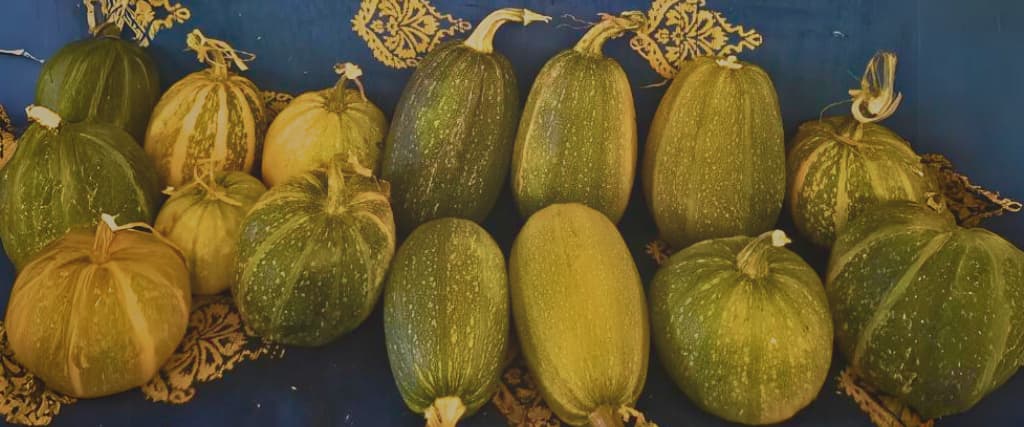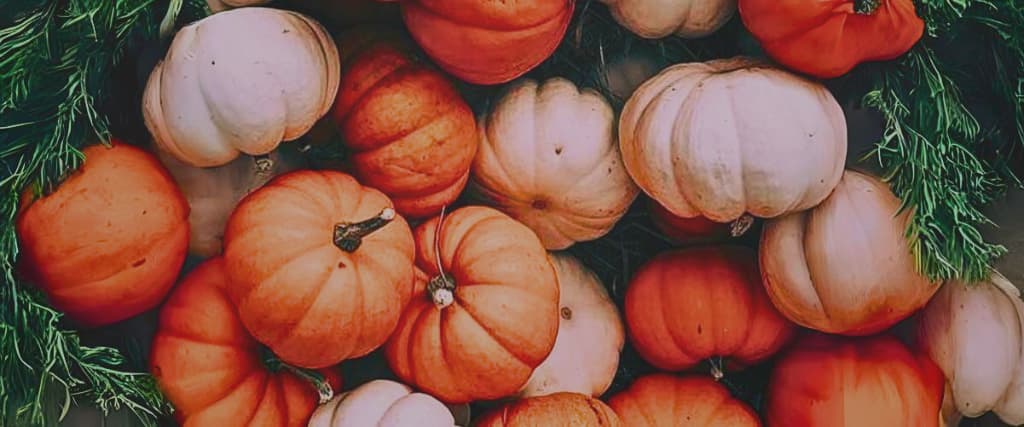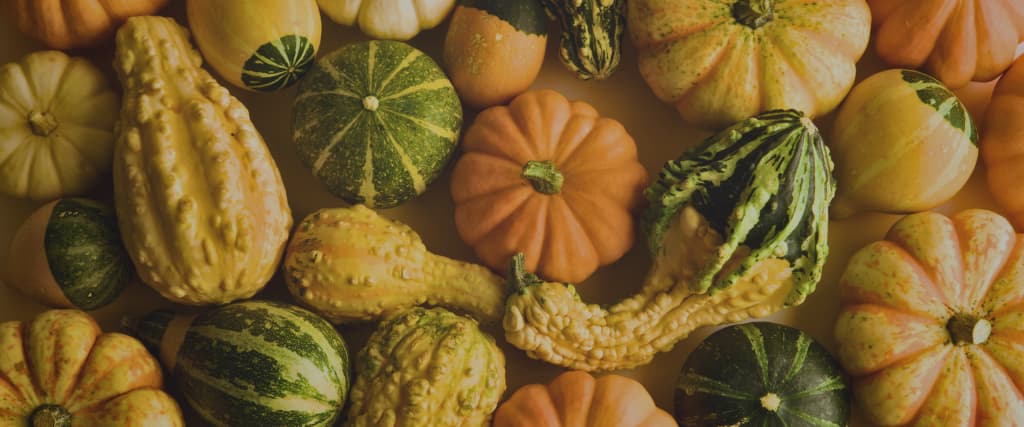Gourd is a plant and fruit

Gourd. This is a hard-shell fruit which usually sit within the Cucurbitaceae family. As well as being cultivated to be ate, gourds also grown to serve as ornaments, decorations – as well as being dried to become other objects.
Physical description

Typically gourds are native to tropical and other warm temperate climates. The fruits require a long growing period to mature properly, with uninterrupted heat – as most are killed with significant cold or frost. Most however will become fast-growing specimens with climbing vine with spiral coiled tendrils. Gourds are often unisexual flowers that exhibit several petals and produce the gourd fruit (known as pepo). This fruit is fleshy, heavily-seeded and notable for attaining considerable size and thick rind.
Major species and uses

Some of the most common species of gourd are the yellow-flowered gourd (Cucurbita pepo, subspecies ovifera) and the bottle gourd, or calabash (Lagenaria siceraria); the latter of which is commonly made into containers and other ornamental items. Other typical species gourds include the wax gourd (Benincasa hispida), teasel gourd (Cucumis dipsaceus), snake gourd (Trichosanthes cucumerina), and loofah, or sponge gourd (species of the genus Luffa).
Dried gourds can be made into a wide variety of useful objects, including utensils, cups, bottles, scoops, ladles, fishnet floats, and birdhouses. Numerous musical instruments made from gourds contributing to a wide variety of world music.

While cooking gourds is not uncommon in certain cultures, gourds are more well known for becoming useful objects once completing the drying process. Such items include utensils, cups, bottles, birdhouses and notably musical instruments. Latin American and West African music often utilises shekere – a type of percussive instrument made from gourd. Indian music also uses gourd-based instruments with varieities of sitar often made from the hard-shell fruit.
